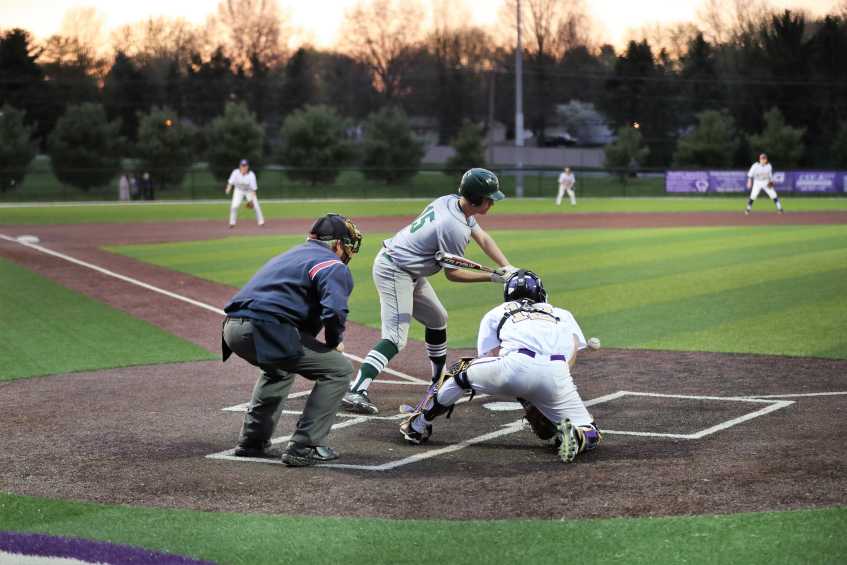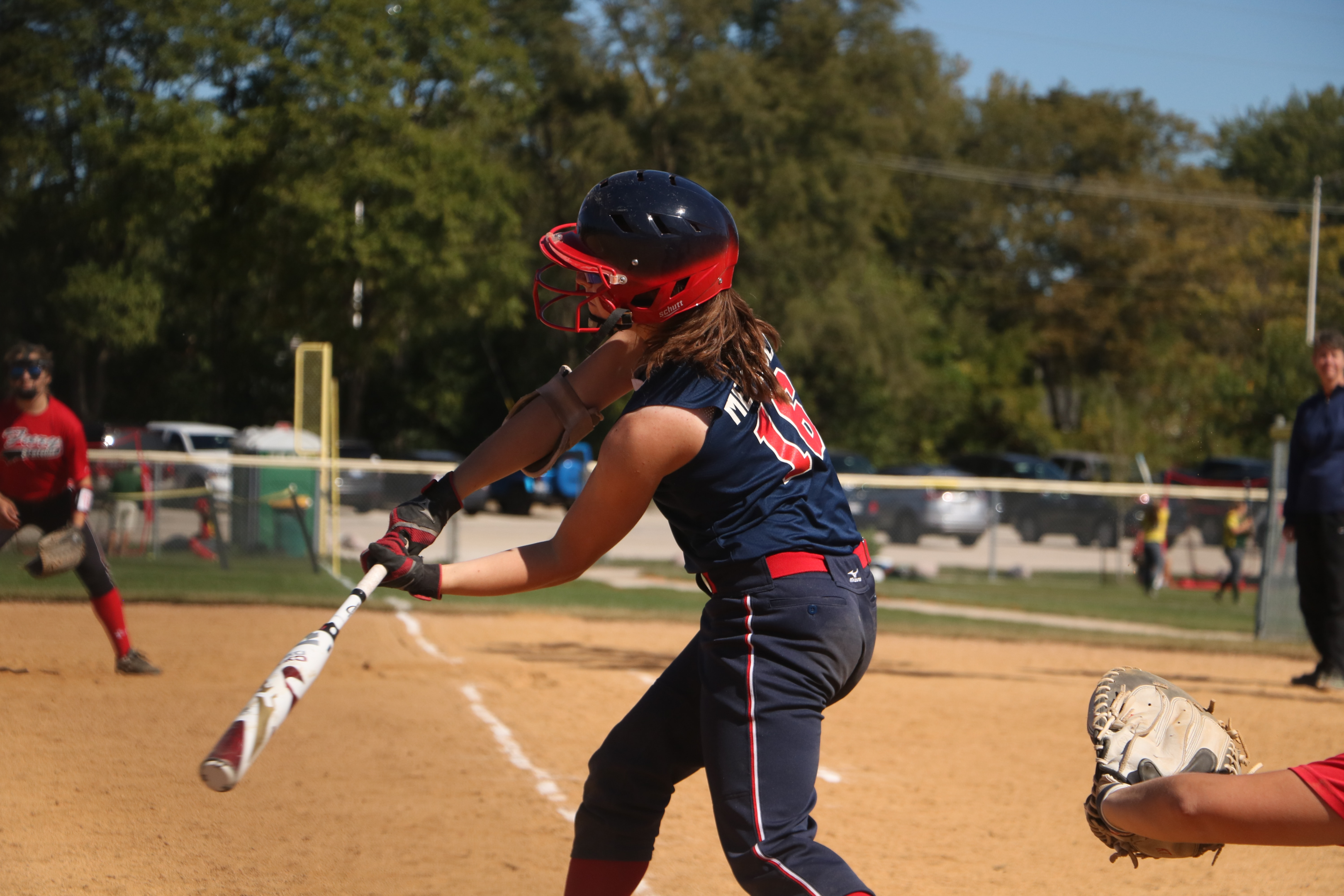
Hey there, baseball fans and enthusiasts! I'm excited to bring you today's post, where we'll unravel the intricacies of one of the most debated aspects of our beloved game, Major League Baseball - the 'check swing'. Yes, you read it right, the check swing or 'checked swing' - a term as intriguing as the act itself. As a baseball blogger and an ardent fan, I've spent countless hours analyzing and understanding the nuances of this unique play that holds such a crucial spot in Major League Baseball.
So, what exactly is a check swing? If you're a newbie or just someone who loves to dig deeper into the sport, here's a simplified explanation for you. In essence, a check swing occurs when a batter starts to swing the bat at the ball, but stops before the swing is completed. This usually happens when the batter decides mid-swing that the pitch is not going to land in the strike zone, so they check, or halt, their swing. That's right, the batter swings, but then, they change their mind and the batter checks their swing. The checked swing is a captivating blend of anticipation, quick thinking, and rapid physical response.
Before we dive deeper into the mechanics and rules of checked swings, it's essential to have a clear understanding of the strike zone and home plate. The strike zone is that imaginary box above home plate where a pitch must pass to be called a strike if the batter does not swing. In Major League Baseball, it's defined as the area over home plate between the batter's armpits and the top of their knees when the batter is in their stance ready to swing at a pitched ball.
On the other hand, home plate is that pentagonal piece of rubber situated at one corner of the diamond. It's not just the final destination of base runners but also a key component for the batter and the plate umpire. The plate umpire, who stands behind the catcher and has a full view of the home plate, plays a significant role in judging whether the ball passed through the strike zone and whether a batter's swing, or checked swing, was legitimate.
Now that we've covered the basics, let's venture into the realm of judgment calls in baseball, specifically around check swings. Interestingly, it's the home plate umpire who has the first say on whether a check swing occurred. It's a judgment call that's primarily based on whether the batter made an attempt to strike at the pitch, or if the bat crossed a certain point over home plate.
However, the fascinating part of this judgment process is the involvement of the base umpires. Often, if a pitch is close, and the home plate umpire is unsure whether a batter checked his swing or not, they can seek help from either the first base umpire for right-handed batters or the third base umpire for left-handed batters. These umpires, with their lateral view of the action, are in a better position to see if the batter's bat passed the front of the home plate, hence confirming if a swing occurred.

Here's where things get even more intriguing. If you skim through the Major League Baseball rulebook, you'll notice there isn't a concrete, official definition of a check swing. Yes, the MLB rulebook leaves it to the judgment of the umpire. It's not about how far the bat moves, but whether the batter attempted to strike the ball. This vagueness contributes to why check swings are often a point of contention in games.
Given the subjective nature of a check swing, it's not surprising that it generates some heated discussions among fans, players, and even umpires. A common belief is that a check swing is when the bat passes the front edge of home plate, but as we learned earlier, the MLB rulebook doesn't set any such definitive benchmark.
The judgment is based more on the umpire's perception of the batter's intent, making each call unique and opening the door for debates and disagreements.
Let's bring this down to the diamond now and explore some scenarios where check swings can significantly impact the game. Consider this: There are two outs, and the pitcher delivers what seems like a perfect breaking ball. However, the batter, thinking it's a ball, begins a swing but manages to check it, seemingly before the bat passes the front of the plate. The home plate umpire calls it a ball, but the pitcher's team appeals. Now, the third base umpire has to make a judgment call - did the batter pull back in time or not?
A check swing could also lead to unique plays. A batter might try to check a swing, but the ball hits the bat, resulting in a foul ball or even a fly ball. Also, a batter who often checks their swings could encourage base runners to steal more bases, given that catchers might find it hard to throw runners out when they have to be ready for a possible tipped ball off a check swing.
Having discussed the check swing's significance, it's natural to wonder - how can a batter improve their checked swings? It begins with practice and a keen understanding of the strike zone. Batters should work on their hand-eye coordination and reflexes, as this will help them to make that split-second decision on whether to complete the swing or hold back.
Drills that mimic different pitching conditions can also be beneficial. This helps to improve the batter's pitch recognition skills, making it easier to determine when to commit to a swing and when to check it.
So, there we have it, a deep dive into the captivating aspect of baseball known as the check swing. From the intricacies of its execution to the debates surrounding its judgment, the check swing is more than just an act of indecision by the batter. It's a testament to the batter's agility, reflexes, and understanding of the game.
Intrigued? I bet you are! There is so much to learn and love about baseball. Be sure to explore other topics on this blog to keep fueling your knowledge about this wonderful game. Let's keep the conversation going - tell me your thoughts on the check swing in the comments below. Do you think the MLB rulebook should provide a more concrete definition? I'd love to hear your thoughts! And remember, whether you're a player or a fan, every day is a good day for baseball. Catch you in the next post!
Chris Sloan is a former baseball league commissioner and travel baseball coach who has made significant contributions to the sport. In 2018, he founded selectbaseballteams.com, a website that helps parents find youth and travel baseball teams in their local areas. Since its launch, the website has experienced impressive growth, offering a wealth of resources including teams, news, tournaments, and organizations. Chris's unwavering passion for baseball and his innovative approach to connecting parents with quality baseball programs have earned him a respected reputation in the baseball community, solidifying his legacy as a leading figure in the world of youth and travel baseball.
There are 0 comments on "What is a Checked Swing in Baseball?"
chandler allen says:
"Hi my name is chandler, i’ve enjoyed..."
On Wanting to tryout for summer ball. as an 18 year old
david graham says:
"With no current MLB team in Canada,..."
On With no current MLB team in
Charles Chavez says:
"To All Coaches: Do you have13U or..."
On Looking for Games